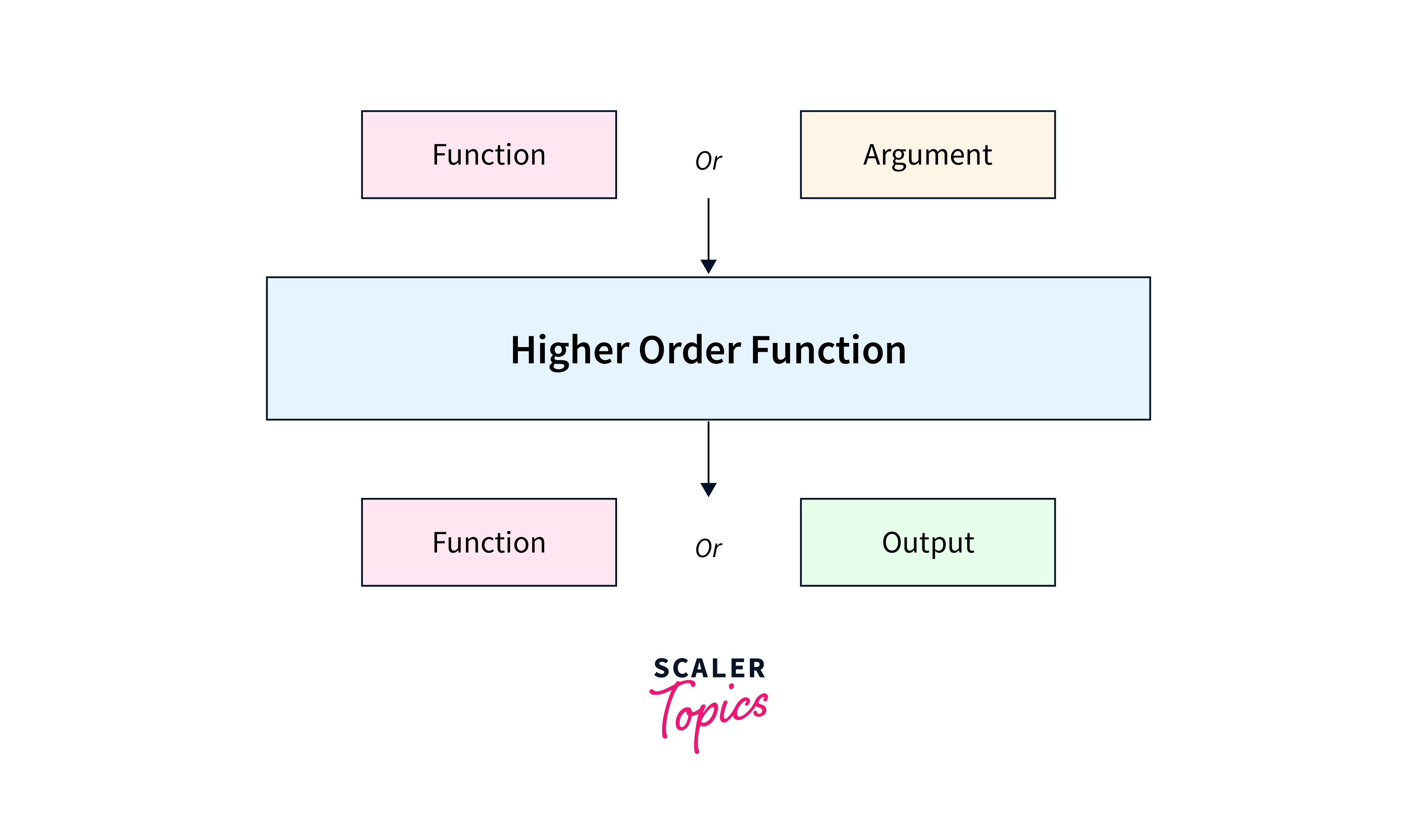Higher Order Functions in Scala
Overview
In Scala, functions are treated as first-class citizens, which means they can be assigned to variables, passed as arguments to other functions, and even returned as results from functions. Functions that exhibit this behavior are referred to as Scala higher order functions. Higher order functions in scala allow us to abstract over behavior, promote code reusability, and provide a more expressive way of solving problems.
Some Important Points about Higher Order Functions
Higher order functions in Scala are functions that can take other functions as arguments, return functions as results, or both. Higher order functions in scala empower us to treat functions as data, which enhances the language's expressiveness and encourages functional programming practices.
Leveraging higher order functions in scala enables the creation of concise and reusable code, facilitating the use of functional constructs such as map, filter, and reduce. This functional approach fosters immutability and reduces side effects, resulting in more robust and maintainable codebases.
Here are some key points about Scala higher Order Functions:
-
First-class Citizens:
Scala higher order functions treat functions as first-class citizens, enabling them to be assigned to variables, passed as arguments, and returned as results.
-
Code Reusability:
They promote code reusability by allowing us to create generic functions that can work with different behaviors.
-
Functional Abstractions:
They enable functional abstractions like map, filter, reduce, etc., which are powerful constructs for working with collections and abstracting away low-level details.
-
Lambda Expressions:
Lambda expressions, also known as anonymous functions, provide a concise way to define small, inline functions without explicitly naming them.
-
Closures:
Higher-order functions often create closures, which can access variables from their containing scopes even after those scopes have finished executing.

Coercing Methods into Functions
By converting methods into functions, you can pass coercing methods as arguments to higher order functions or return them from higher order functions, which helps to achieve code modularity and expressiveness in functional programming.
Example:
- Consider a higher-order function applyTwice, which takes a function and a value, and applies the function twice to the value:
- Now, let's define a simple method increment and coerce it into a function using the underscore syntax:
- In this example, increment _ coerces the increment method into a function of type Int => Int, allowing it to be passed as an argument to the applyTwice higher-order function.
Functions that Accept Functions
Functions that take other functions as parameters are often referred to as function-accepting functions or higher-order functions with function parameters. These higher order functions in scala enable powerful abstractions and promote functional programming principles.
Examples:
Map
The map function is commonly used with collections to transform each element based on a provided function.
Code:
In the above example, the map function takes a list of elements (list) and a function f that converts elements of type A to elements of type B.
Filter
The filter function is used to filter elements from a collection based on a condition defined by the provided function.
Code:
In the above example, the filter function takes a list of elements (list) and a function f that returns a Boolean value. It filters out elements from the list for which the function f returns true.
Fold
The fold function, also known as reduce, is a higher-order function that accepts a function as an argument. It is used to accumulate the elements of a collection based on a combining function.
Code:
In the above example, the fold function takes a list of elements (list), an initial value (init), and a combining function f. It applies the combining function f to each element of the list, starting with the initial value init, and returns the accumulated result.
Functions that Return Functions
Functions that return other functions are known as function-returning functions or higher-order functions that return functions. This capability enables developers to create specialized and customized functions on-the-fly based on certain conditions or configurations.
Example:
-
Consider a higher-order function called createMultiplier, which takes an integer n as input and returns a function that multiplies its input by n:
-
In this example, the createMultiplier function takes an integer n as an argument and returns a function of type Int => Int. The returned function multiplies its input by n. That can be used to create specialized multipliers for different values of n.
Function Combinators
Function-returning functions are instrumental in creating function combinators. Function combinators are higher-order functions that take one or more functions as input and return a new function as their output. These combinators allow you to compose, chain, or modify existing functions to create more complex and reusable functions.
A typical example of a function combinator is the compose function combinator:
-
In this example, the compose function combinator takes two functions, f and g, as arguments. It returns a new function that applies g to its input x, and then applies f to the result of g(x).
Conclusion
- Scala higher-order functions are functions that can take other functions as arguments or return functions as results.
- Coercing methods into functions treat methods as first-class citizens, converting them into function values using the underscore syntax, allowing their use as arguments in higher-order functions or for variable assignments.
- Higher-order functions in scala with function parameters, enable powerful abstractions and functional programming principles by taking other functions as arguments. Notable examples of such higher-order functions include map, filter, and fold.
- Functions that return functions, allow us to dynamically generate specialized functions based on conditions or configurations, enhancing code modularity and expressiveness
- Function Combinators are functions that take other functions as input and return a new function as output.
